nursing exam 2 head/neck assessment – Flashcards
Unlock all answers in this set
Unlock answersquestion
Assessment checklist
answer
1. Skull 2. Face 3. Neck 4. Health teaching
question
Subjective Assessment
answer
Ask questions and investigate - headaches - head injury - dizziness - neck pain or limited range of motion (ROM) - lumps or swelling - history of head or neck surgery
question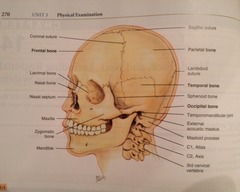
1. Skull Assessment (Objective)

answer
Inspect - general size and contour - lumps, deformities, tenderness Palpate - temporal artery and temporomandibular joint - maxillary sinus, frontal sinus
question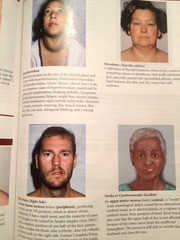
2. Face Assessment (Objective)

answer
Inspect facial structures - facial expression - symmetry of movement (cranial nerve VII) - any involuntary movements, edema, lesions Abnormal findings - expressions of hostility - periorbital edema - asymmetry -- bell's palsy (cranial nerve VII paralysis); stroke - grinding of jaw, tics, fasciculations, excessive blinking
question
3. Neck assessment
answer
Inspect - symmetry - range of motion - enlargement of salivary gland, thyroid gland, and lymph nodes Palpate - trachea - thyroid gland
question
Symmetry
answer
normal: head position midline, erect and still, accessory muscles symmetric
question
Range of motion
answer
- chin to chest - ear to shoulder - extend neck backward - resist movement with hand (cranial nerve XI)
question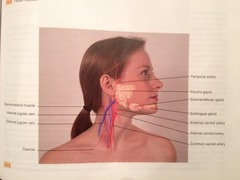
Salivatory glands

answer
non-palpable: parotid glands accessible: submandibular and sublingual glands
question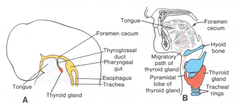
Thyroid gland

answer
have client take sip of water -- thyroid moves up under fingers if enlarged auscultate for bruit (turbulent blood flow = hyperthyroidism)
question
Lymph nodes

answer
if palpable, note: size, shape, delimitation (clumped, matted), mobility, consistency, tenderness normal: pea size, movable, discrete, soft, and non-tender lymphadenopathy: enlargement of nodes ;1cm explore area *proximal to the affected node*
question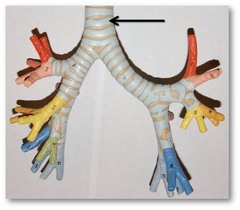
Trachea

answer
normal: midline palpate both sides of trachea to determine shift
question
Major neck muscles
answer
Sternomastoid and trapezius - innervated by cranial nerve XI
question
Inspect for CLAPS-D
answer
Contusions, lacerations, abrasions, punctures, swelling, deformity
question
Feel for TICS-D
answer
Tenderness, instability, crepitus, subcutaneous emphysema, distention
question
4. Health promotion
answer
Prevent brain injury by wearing a helmet when bicycling How to recognize postconcussion syndrome



